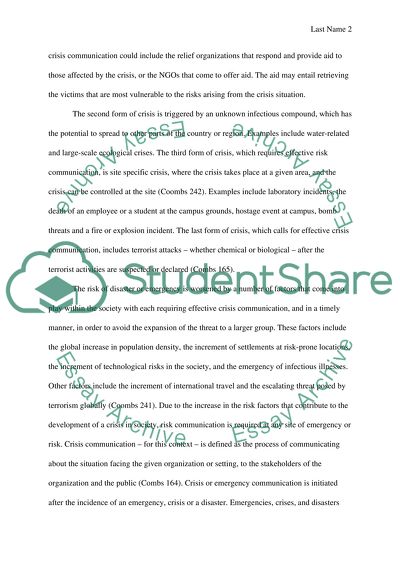Cite this document
(“Crisis and Emergency Risk Communication Term Paper”, n.d.)
Crisis and Emergency Risk Communication Term Paper. Retrieved from https://studentshare.org/journalism-communication/1475661-writer-choice-any-communication-topic
Crisis and Emergency Risk Communication Term Paper. Retrieved from https://studentshare.org/journalism-communication/1475661-writer-choice-any-communication-topic
(Crisis and Emergency Risk Communication Term Paper)
Crisis and Emergency Risk Communication Term Paper. https://studentshare.org/journalism-communication/1475661-writer-choice-any-communication-topic.
Crisis and Emergency Risk Communication Term Paper. https://studentshare.org/journalism-communication/1475661-writer-choice-any-communication-topic.
“Crisis and Emergency Risk Communication Term Paper”, n.d. https://studentshare.org/journalism-communication/1475661-writer-choice-any-communication-topic.


